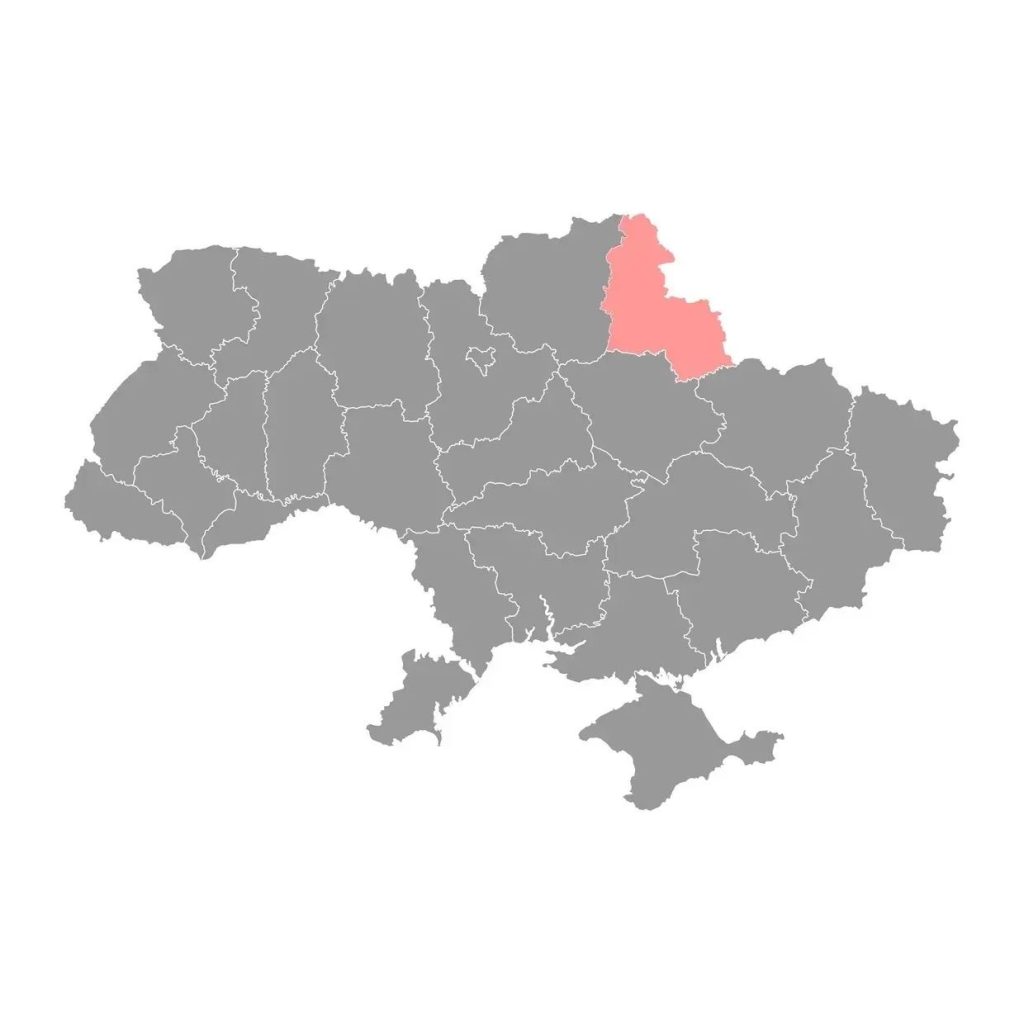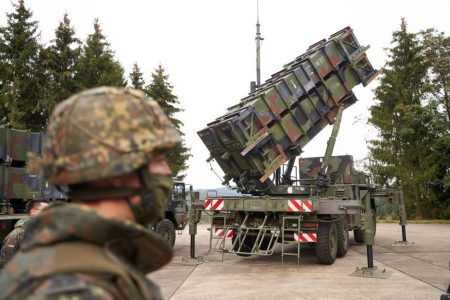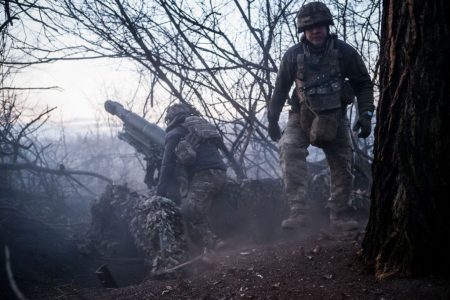The latest developments in the Ukraine war on March 25th include Russia launching ballistic missiles on Kyiv and Odesa, injuring civilians. At least two people were injured in the missile attack on Kyiv, while four were injured in the attack on Odesa. The Ukrainian Navy reported that a Russian warship, the Ivan Khurs, may have been damaged in Ukraine’s missile attack on Crimea on March 23rd. Additionally, a Russian governor claimed that a fire at a power plant in Rostov was the result of Ukrainian forces.
The ongoing conflict between Russia and Ukraine has escalated with these latest attacks, causing civilian casualties and raising concerns about the humanitarian situation in the region. The use of ballistic missiles in densely populated areas like Kyiv and Odesa has heightened tensions and raised fears of further violence. The targeting of a Russian warship in Crimea indicates the strategic significance of naval operations in the conflict.
The international community continues to monitor the situation in Ukraine closely, with calls for a peaceful resolution to the conflict. The United Nations and other organizations have expressed their support for Ukraine and called for an end to the violence. The use of ballistic missiles by Russia in populated areas has drawn condemnation from world leaders, who are urging both sides to seek a diplomatic solution to the crisis.
The impact of the war on civilians in Ukraine is a major concern, with reports of injuries and damage to infrastructure in multiple cities. The Ukrainian government has called for assistance from the international community to address the humanitarian crisis unfolding in the country. As the conflict continues to escalate, there are growing fears of a wider regional conflict and the potential for further destabilization in Eastern Europe.
Efforts to de-escalate the conflict and reach a peaceful resolution are ongoing, with diplomatic negotiations taking place between Russia and Ukraine. The international community is working to find a path to a ceasefire and a lasting peace agreement that will protect the rights and safety of all civilians in the region. The use of ballistic missiles and other advanced weaponry in the conflict underscores the need for urgent action to prevent further escalation and minimize the impact on the civilian population.
As the situation continues to unfold in Ukraine, the focus remains on providing humanitarian assistance to those affected by the conflict and working towards a lasting resolution to the crisis. The ongoing violence and casualties underscore the urgent need for all parties involved to prioritize the protection of civilians and adhere to international humanitarian law. The international community must continue to support Ukraine in its efforts to defend its sovereignty and territorial integrity while seeking a peaceful resolution to the conflict.
















